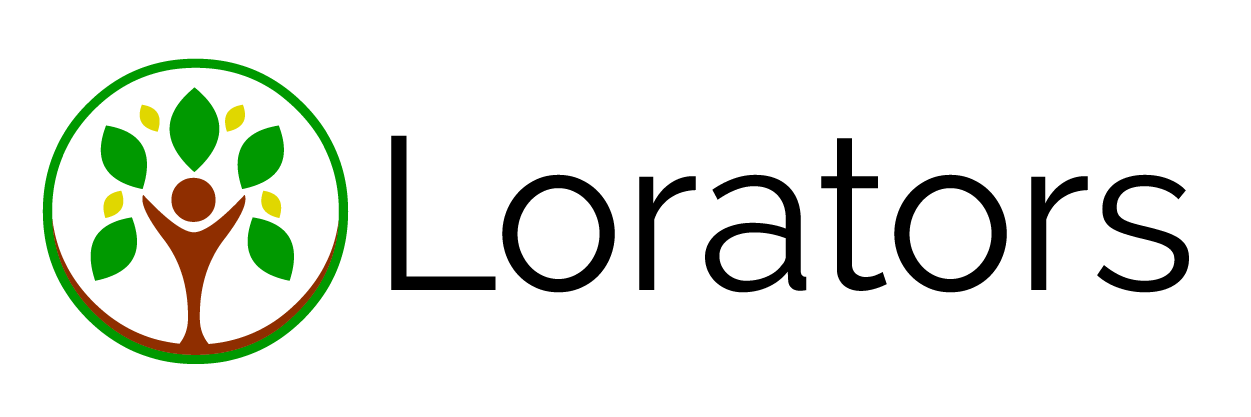
What is learning?
There are many variations on the definition of what learning actually is. All definitions seem to agree that some change takes place because of something. In his 2016 book ‘What is Learning’, Mark Haselgrove says there is ‘no generally accepted definition of learning, but quite a lot of what we understand by the term can be understood as a relatively permanent change in behaviour as a consequence of experience.’
We can gain knowledge about something, which implies that knowledge is something solid that we can acquire. We can acquire motor skills because of learning. Researchers talk of goal directed learning, habituation, associative learning and social learning.
Most of the early research into learning has been achieved using animal subject and observations of their behaviour. Since the arrival of brain scanning instruments such as Functional Magnetic Resonance Imaging (fMRI), Positron Emission Tomography (PET) and Electro encephalography (EEG), it has been possible to study the brains of human subjects while they perform learning exercises. We now have a better understanding of the workings of the brain and its role in learning. This understanding can help us to develop learning designs to optimise learning.
How do we learn?
This is a question that has been asked many times over the centuries. And there are many attempts to answer the question. From the time we are born we begin to learn, and the process continues throughout life. Every day we experience things that change our beliefs, our feelings or the way we do things. You could say that learning is a natural inclination.
There is some reliable research, (too much to mention here), into how we learn, that we can draw on to inform learning design. But how we learn depends very much on what we want to achieve. When we know about that, we can use current knowledge to design learning materials and activities that optimise achievement across a diverse range of people.
Best results can be achieved when we can narrow down our learning aims and our audience. This is where dedicated Learning Management Systems with content designed specifically for an organisation can produce excellent results. We can create learning designs that are developed with the aims of the organisation at the centre and prepared for use by their employees. Learning becomes easy if it is presented in a clear, engaging way that is easy to use.

